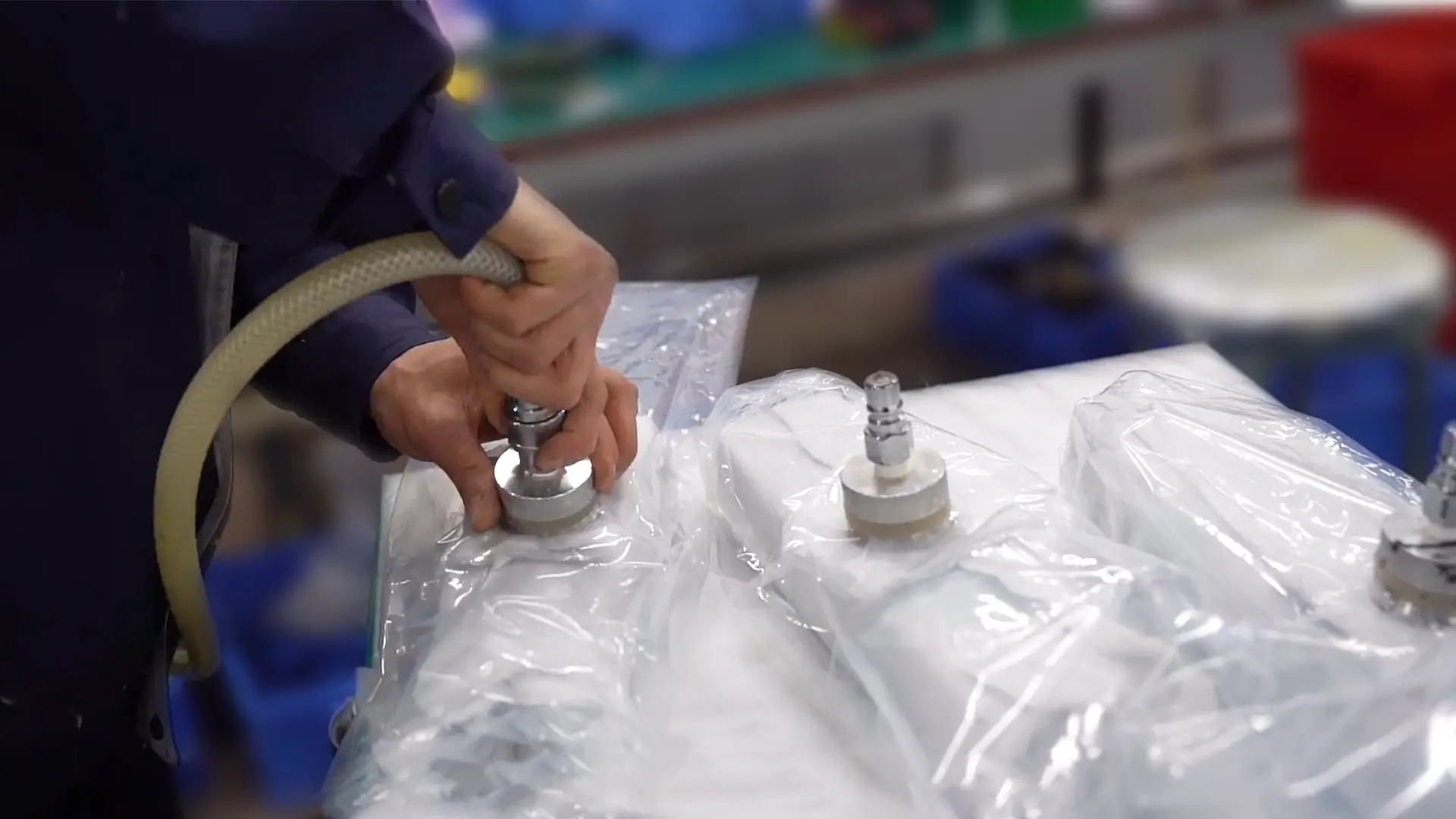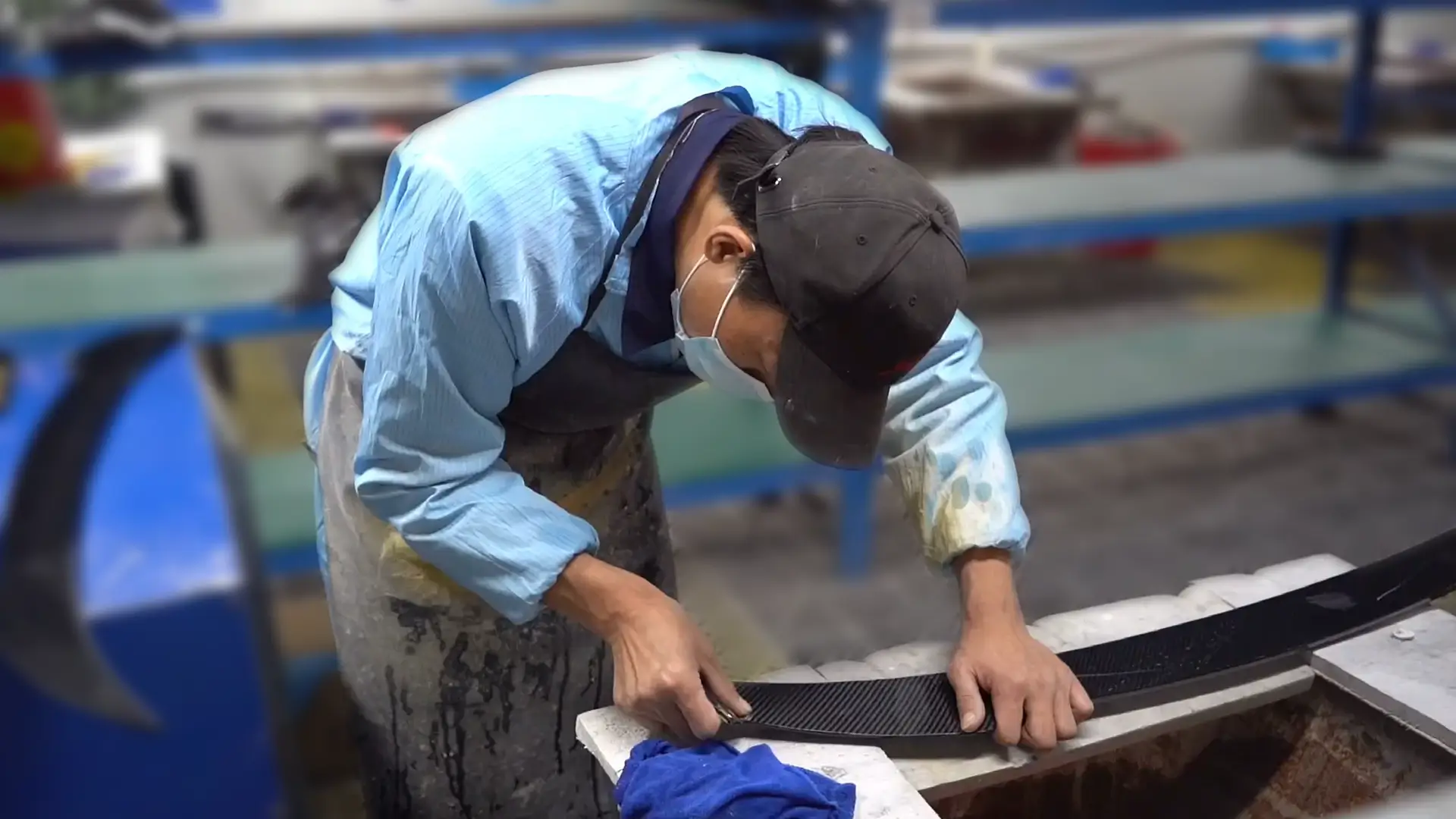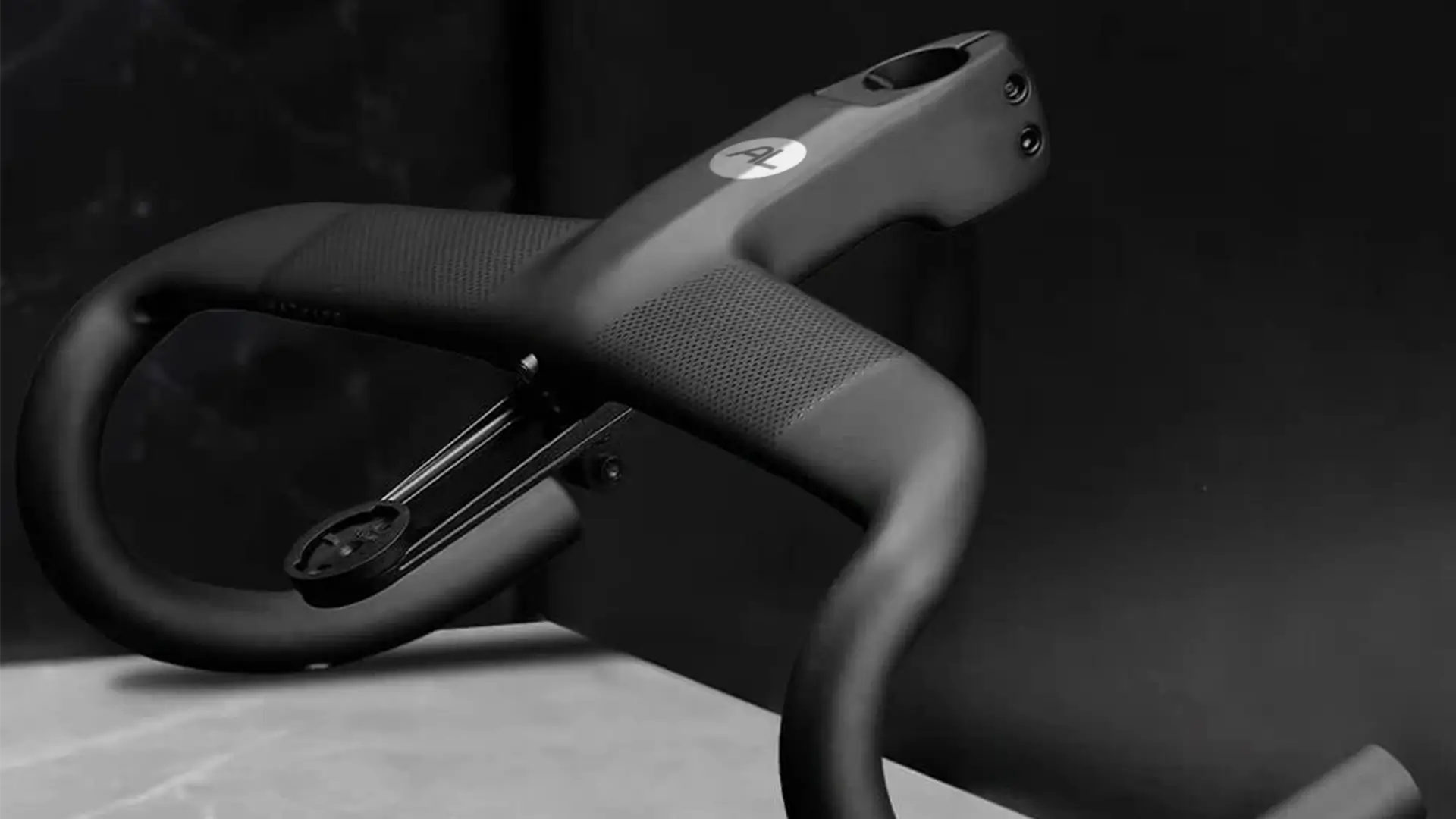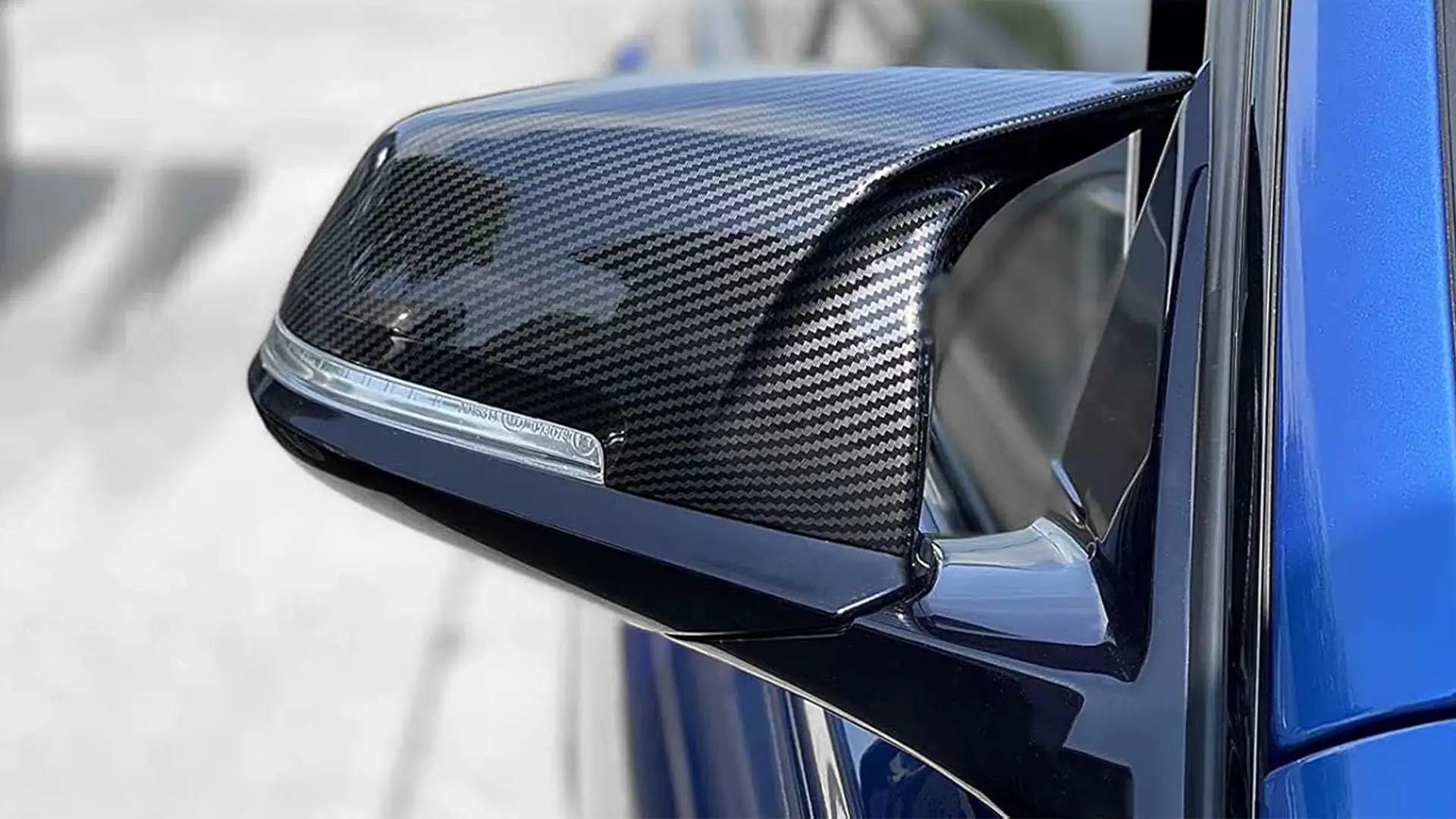Understanding the Carbon Fiber parts Manufacturing Process
The carbon fiber parts production process involves several critical stages, each contributing to the final product’s quality. The autoclave line plays a pivotal role in this sequence, particularly during the curing phase, where heat and pressure are applied to consolidate the composite material.
Key Components of the Autoclave Line
An effective autoclave line comprises various essential components:
- Prepreg Materials: Pre-impregnated fibers with a resin matrix, stored at low temperatures to prevent premature curing.
- Layup Tools: Molds and fixtures used to arrange the prepreg materials into the desired shape.
- Vacuum Bagging Equipment: Ensures air removal and compaction of the layup before autoclave processing.
- Autoclave: A pressure vessel that applies controlled heat and pressure to cure the composite.
- Control Systems: Monitor and regulate temperature, pressure, and vacuum levels throughout the process.
Step-by-Step Carbon Fiber parts Fabrication Process
Material Preparation
The carbon fiber parts fabrication process begins with proper material preparation. Prepreg carbon fiber materials—fibers pre-impregnated with resin—are typically stored in freezers to extend shelf life and prevent premature curing. Before use, these materials must be carefully thawed under controlled conditions, often for 12–24 hours at room temperature.
Once thawed, the prepreg sheets are cut precisely to the required shapes and sizes using templates or automated cutting machines. This stage ensures that all plies are correctly dimensioned and oriented, which directly impacts the quality and strength of the final component.
Proper handling procedures are essential to avoid contamination, moisture absorption, or damage to the fiber structure.

Layup
In this stage of the carbon fiber parts manufacturing process, the cut prepreg layers are meticulously arranged onto a mold, one layer at a time. This process is known as layup, and it plays a critical role in defining the part’s structural performance.
Each layer must be laid down in accordance with the fiber orientation specified in the design, such as 0°, 45°, or 90° angles. These orientations are strategically selected to handle loads in multiple directions.
Layup can be done manually or with the help of Automated Tape Laying (ATL) or Automated Fiber Placement (AFP) machines, especially for complex or large components. Human precision and quality control remain vital even in semi-automated processes.

Vacuum Bagging
After layup, the component enters the vacuum bagging phase, a crucial step in the carbon fiber parts fabrication process. The purpose of vacuum bagging is to eliminate trapped air and volatiles from the layup while compacting the layers tightly together before autoclave curing.
The mold with the laid-up composite is sealed inside a vacuum bag made from heat-resistant film. The bag is then connected to a vacuum pump, which draws air out, creating negative pressure. Additional materials such as release film, breather cloth, and peel ply may be used inside the bag to assist with airflow and surface finish.
Proper sealing and placement of vacuum lines ensure uniform pressure distribution, which directly affects the part’s quality during autoclave processing.

Autoclave Curing
This step defines the core of the carbon fiber parts manufacturing process using an autoclave line. Once vacuum-bagged, the mold is placed inside the autoclave, a pressurized oven capable of maintaining high temperature and pressure.
During curing, the autoclave applies heat (typically 120°C to 180°C) and pressure (often 85–100 psi) according to a precise curing cycle. This promotes resin flow, fiber wet-out, and cross-linking of the polymer matrix, resulting in a void-free, structurally sound composite.
Cycle parameters such as ramp rate, soak time, and cooldown rate are controlled through sophisticated PLC (Programmable Logic Controller) systems. These conditions are tailored to the specific resin system and part geometry.
Cooling and Demolding
After the autoclave cycle, the component must cool gradually under controlled conditions. Rapid cooling could introduce internal stresses or deformation. Once cooled to room temperature, the part is removed from the autoclave and unbagged.
Demolding is done with care to prevent damage to the cured part. Depending on the mold design, release agents, or mold surface treatments may be used to facilitate this process. At this stage, the part has reached its final cured state with full mechanical properties.
This marks the transition from the curing phase to post-processing in the carbon fiber parts production process.

Post-Processing
Post-processing is the final stage of the carbon fiber parts manufacturing process and includes a series of finishing operations to meet dimensional and cosmetic requirements.
- Trimming: Excess materials, such as flash or bagging residues, are removed using water jet cutting, CNC machining, or manual tools.
- Drilling: Holes and inserts are added according to design requirements.
- Surface Treatment: Parts may be painted, sanded, or coated depending on the application.
- Inspection: The final product undergoes quality checks, including visual inspection, dimensional measurement, and in some cases, non-destructive testing (NDT) such as ultrasonic inspection or X-ray.
This stage ensures the part is fully functional, aesthetically pleasing, and ready for integration into larger assemblies or final use.

Advantages of the Autoclave Process
The carbon fiber parts manufacturing processes involving autoclaves offer several benefits:
- Enhanced Mechanical Properties: High pressure ensures optimal fiber-resin bonding, resulting in superior strength and stiffness.
- Dimensional Accuracy: Precise control over curing parameters leads to components with tight tolerances.
- Surface Finish: The process yields parts with excellent surface quality, often eliminating the need for additional finishing.
- Reduced Void Content: Vacuum and pressure application minimize voids, enhancing structural integrity.
Applications Across Industries
The autoclave-based carbon fiber parts manufacturing process is widely adopted in many high-performance sectors due to its ability to produce parts with exceptional strength, precision, and surface quality.
| Industry | Applications |
|---|---|
| Aerospace | Aircraft fuselage panels, wing structures, helicopter rotor blades, engine nacelles, interior panels |
| Automotive | Supercar monocoques, race car spoilers, hoods, roof panels, battery enclosures for EVs |
| Sports Part | Bicycle frames, tennis rackets, golf club shafts, racing helmets, rowing oars |
| Marine | Yacht hulls, deck panels, hydrofoil components, submersible casings |
| Industrial | Robotic arm housings, high-pressure vessels, inspection drones, machine tool covers |
| Defense | UAV bodies, armored vehicle panels, lightweight soldier parts |
| Medical | Prosthetic limbs, MRI-compatible wheelchair frames, lightweight surgical table components |
| Rail Transit | Train nose cones, door, energy absorption panels |
| Renewable Energy | Wind turbine blades (small to mid-size), generator housing covers |
| Consumer Goods | Carbon fiber laptop shells, premium headphone parts, luggage frames |
Frequently Asked Questions (FAQs) about autoclave line
Why is the autoclave line essential in the carbon fiber production process?
The autoclave line is critical in the carbon fiber parts production process because it provides precise control over temperature and pressure. This results in superior laminate consolidation, consistent quality, and the ability to meet strict specifications in structural components.
How long does the carbon fiber autoclave curing cycle take?
The curing cycle time varies depending on the part’s thickness and resin system but typically ranges from 1.5 to 5 hours. Some high-performance components may require longer cycles to ensure full curing and optimal strength.
Can I customize parts made through the autoclave carbon fiber manufacturing process?
Yes. The carbon fiber parts manufacturing process using autoclave lines supports customization in shape, layup orientation, surface finish, and structural properties. This flexibility makes it suitable for prototyping, low-to-medium volume production, and specialized engineering requirements.
What tolerances can be achieved with autoclave carbon fiber molding?
The autoclave line provides excellent dimensional accuracy. Tight tolerances are possible, often within ±0.25 mm, depending on mold quality and layup precision. This is especially critical in aerospace and automotive applications.
How do I know if the autoclave carbon fiber manufacturing process is right for my product?
If your application demands high mechanical strength, precision, low void content, and smooth surface finish, then the autoclave carbon fiber parts fabrication process is likely the most suitable. Consulting with a manufacturer early in the design phase is recommended.
Is it possible to scale up autoclave carbon fiber production for larger volumes?
While autoclave processes are ideal for medium to high-precision parts, scaling for large volumes requires careful planning. Multiple molds, efficient layup processes, and automation (e.g., robotic prepreg layup) can improve throughput.
Final Thoughts
As composite material experts, we are willing to provide you with critical assistance. The correct judgment now avoids cost overruns, delays, and disappointing results later.
Need advice on your custom carbon fiber part? Reach out to our team for expert guidance.




